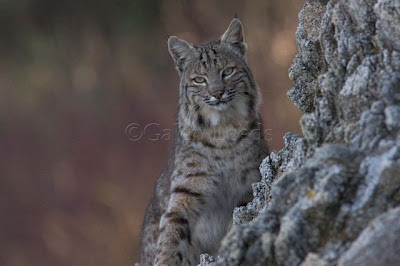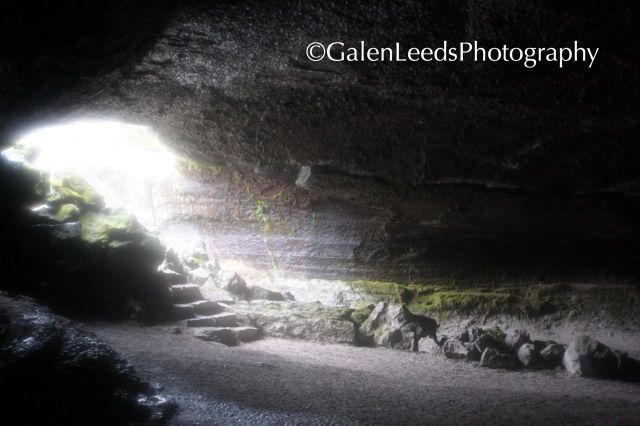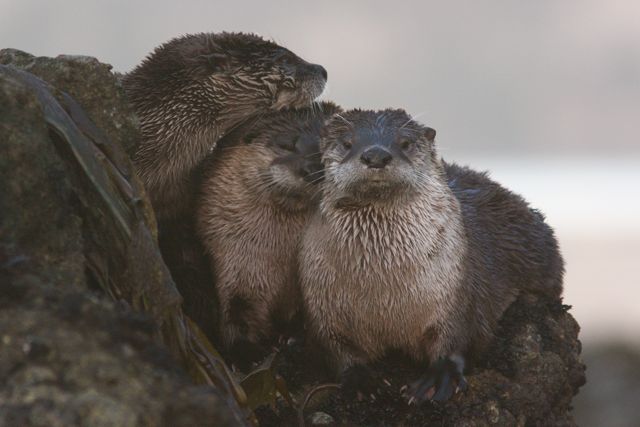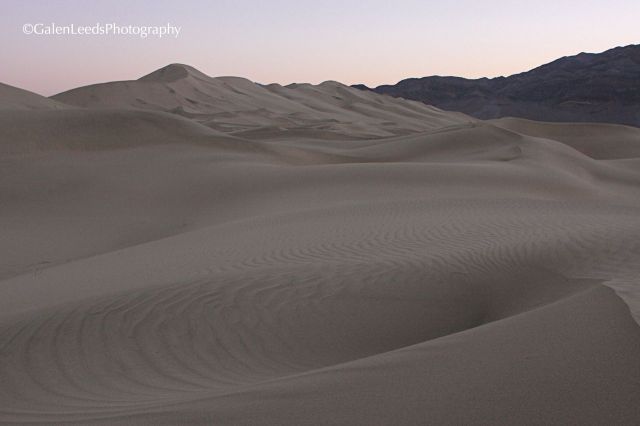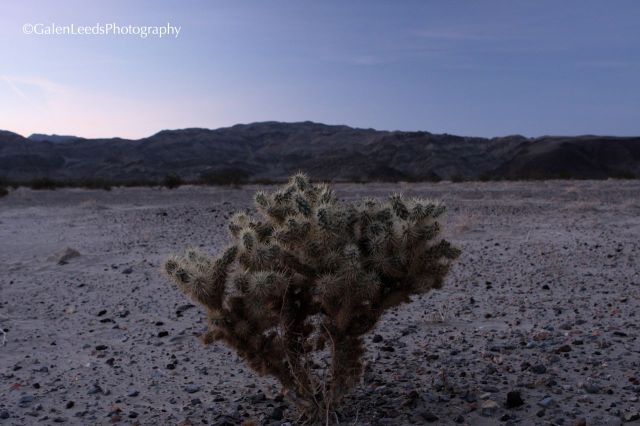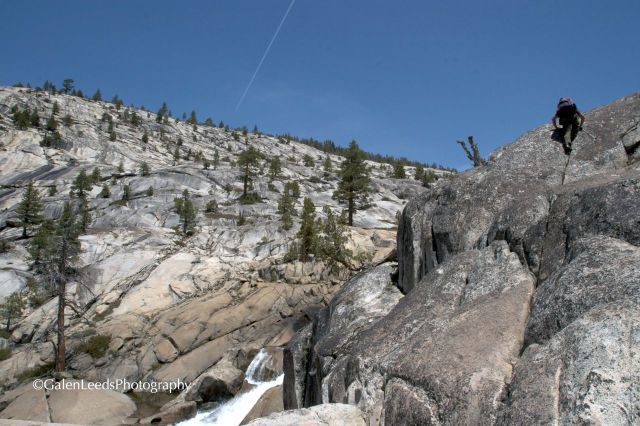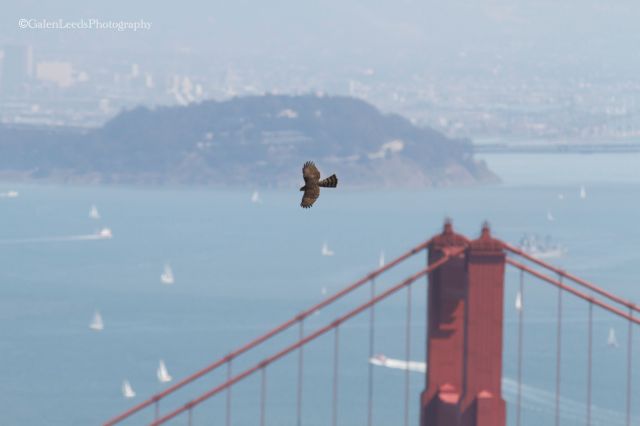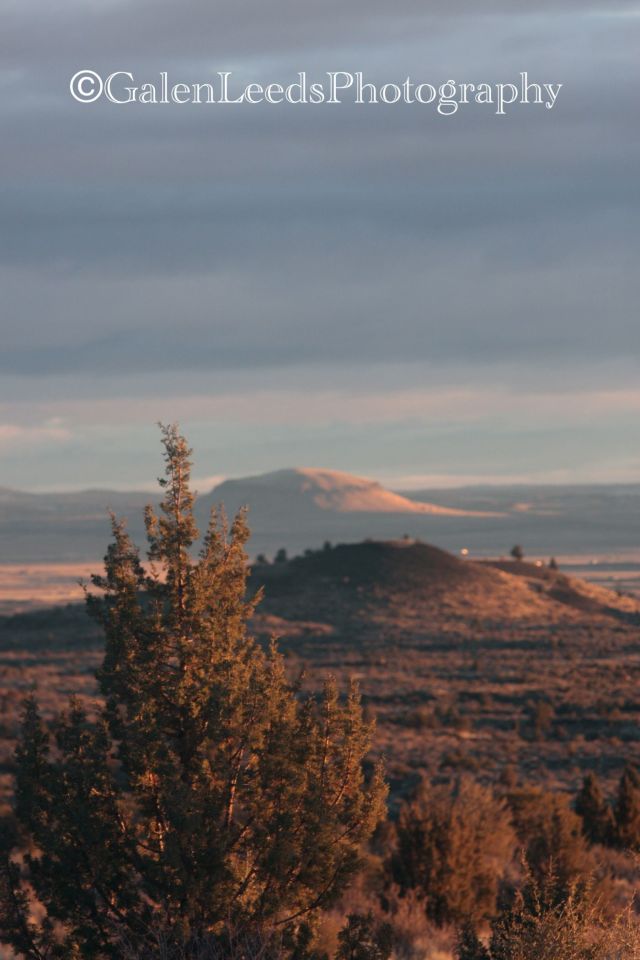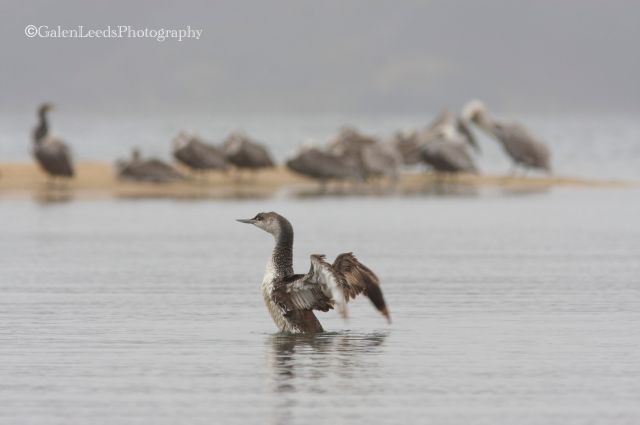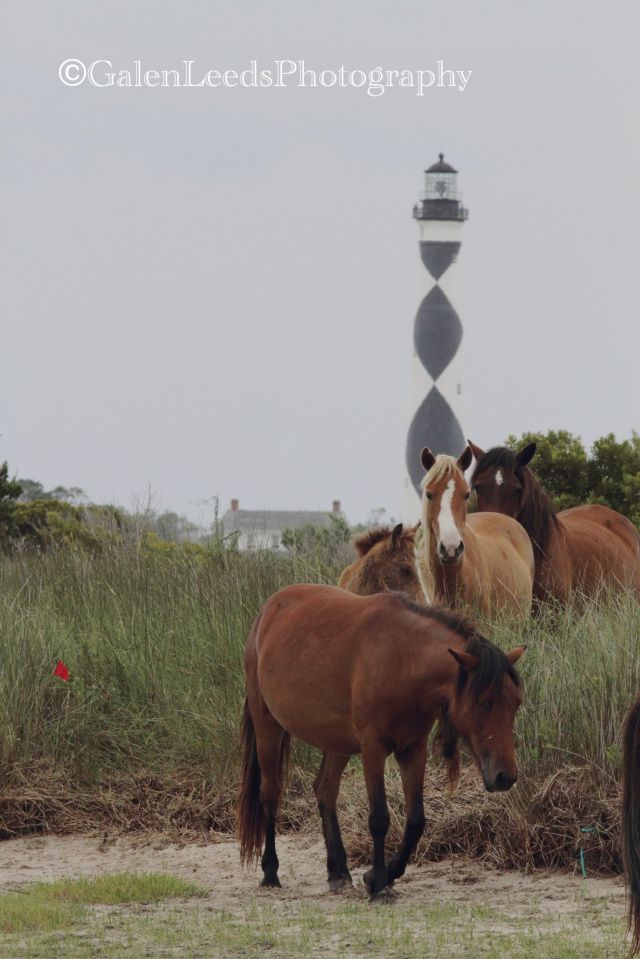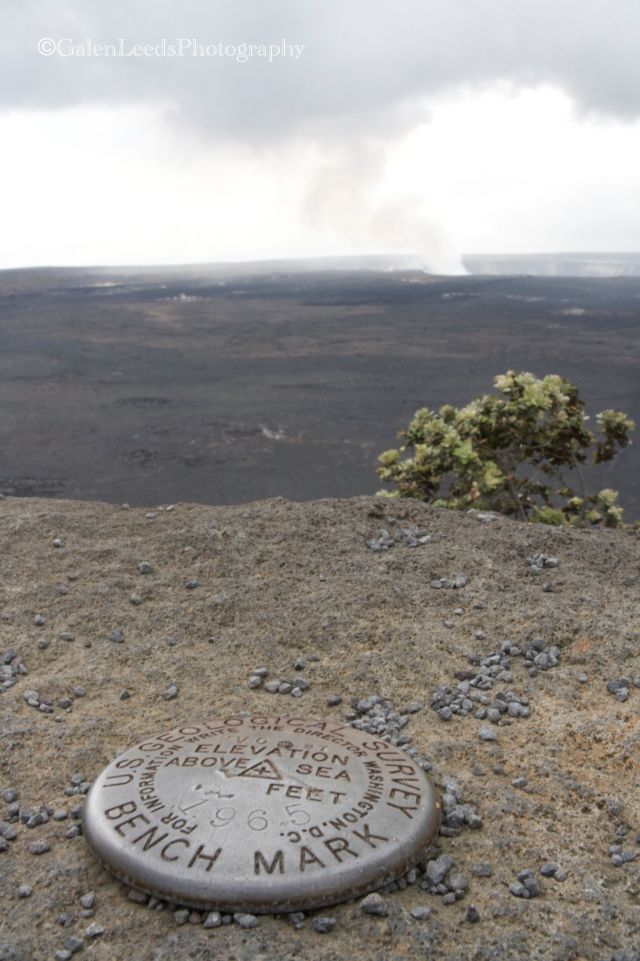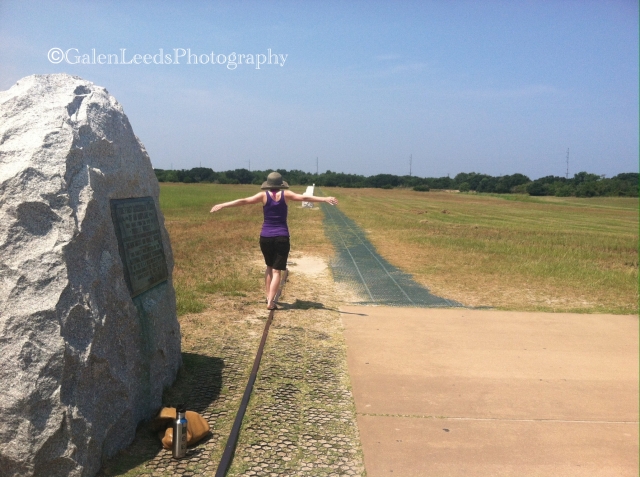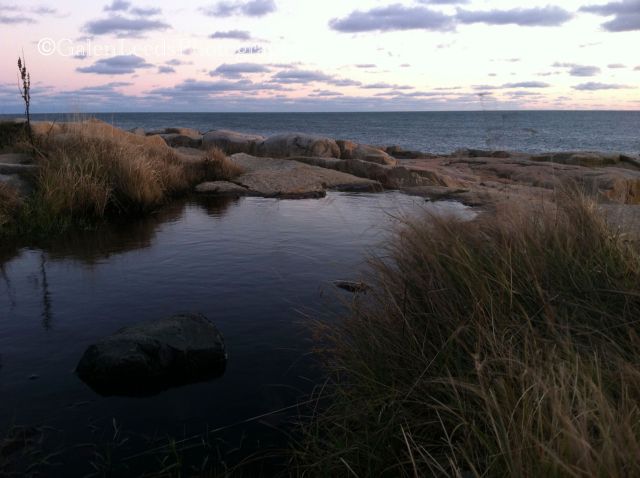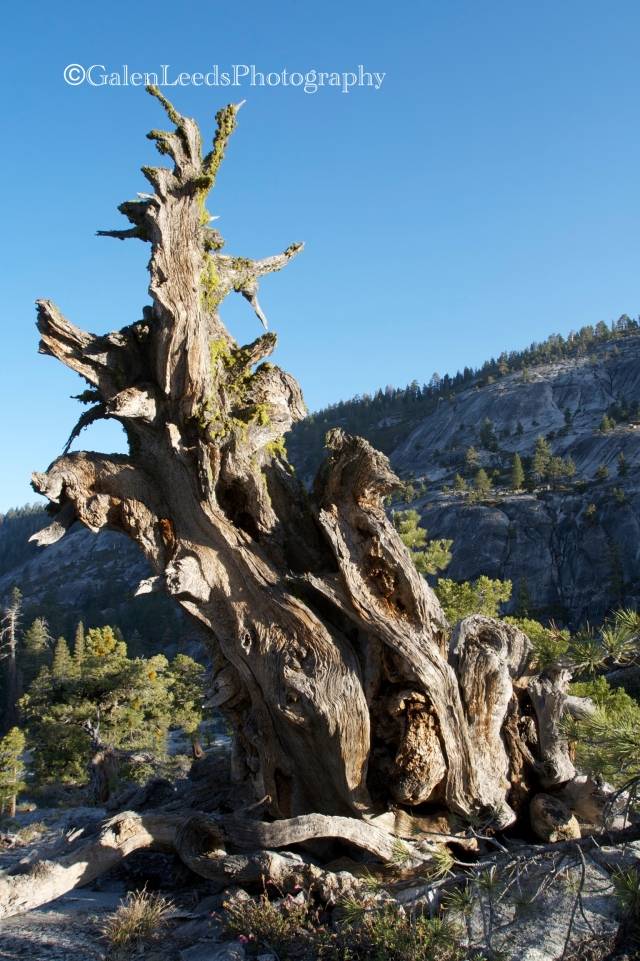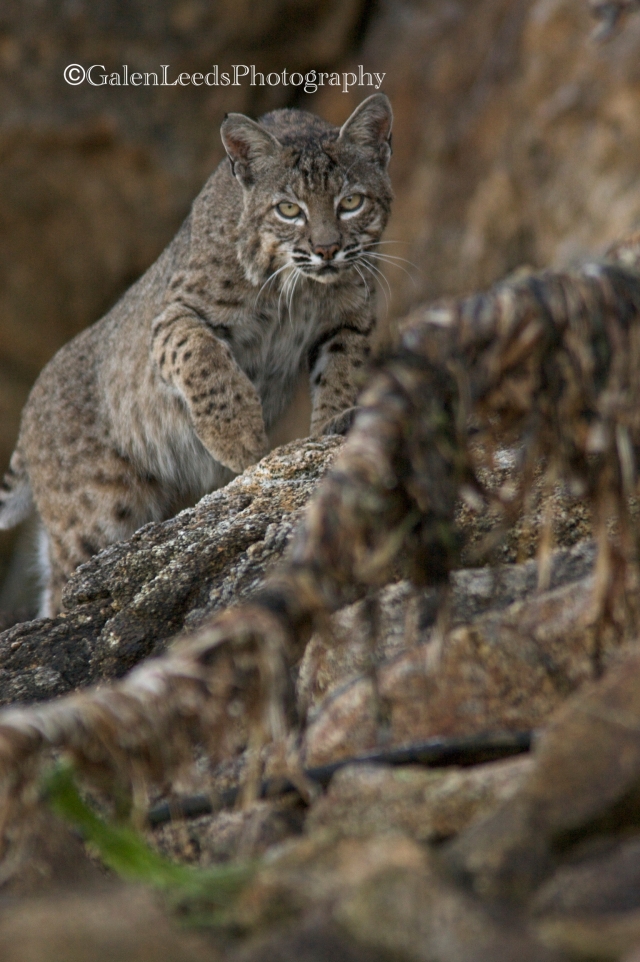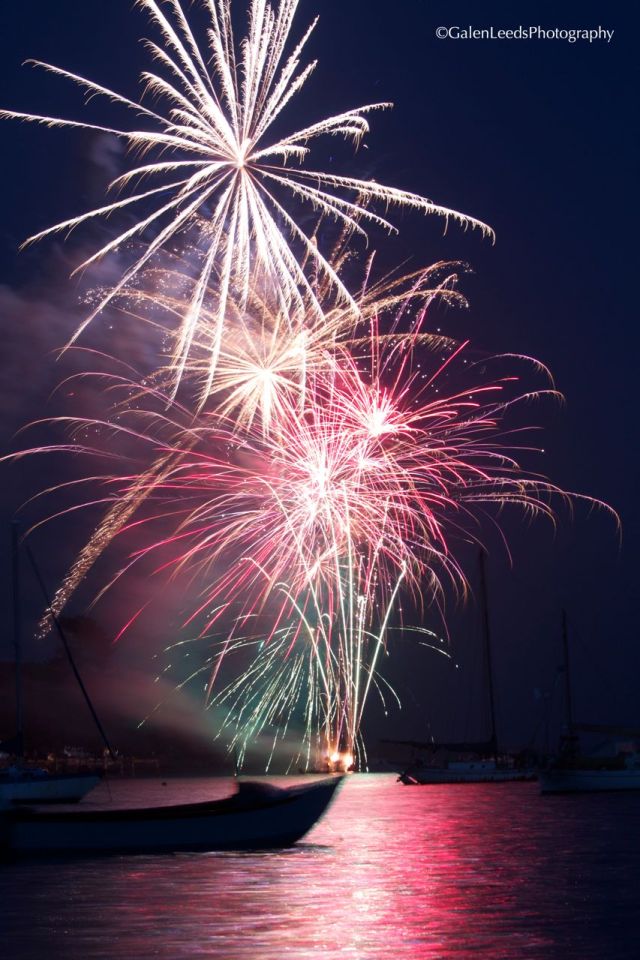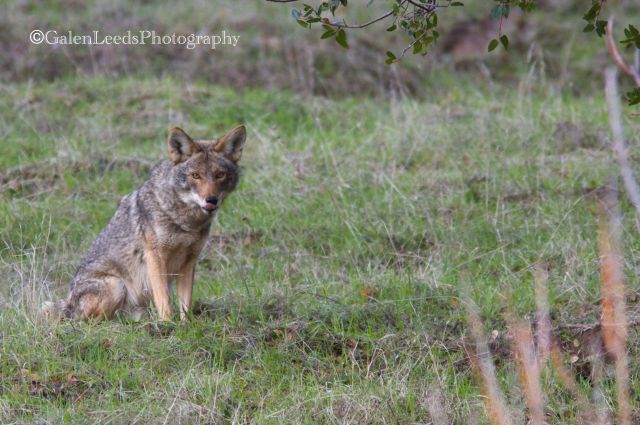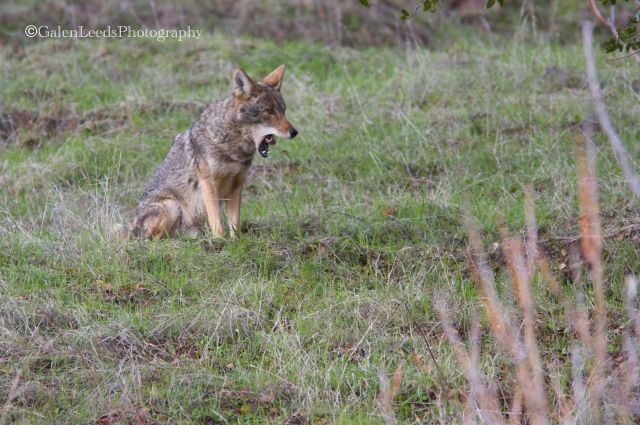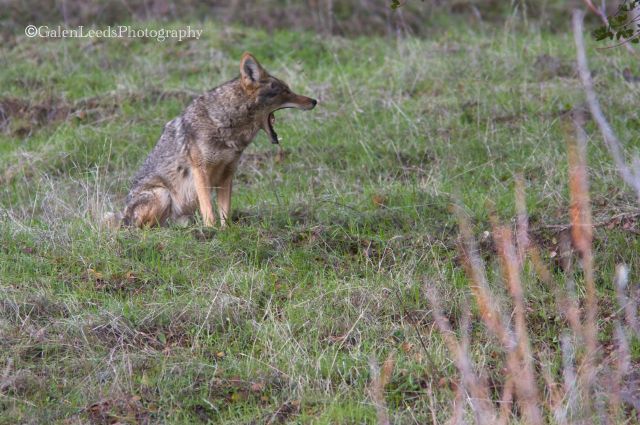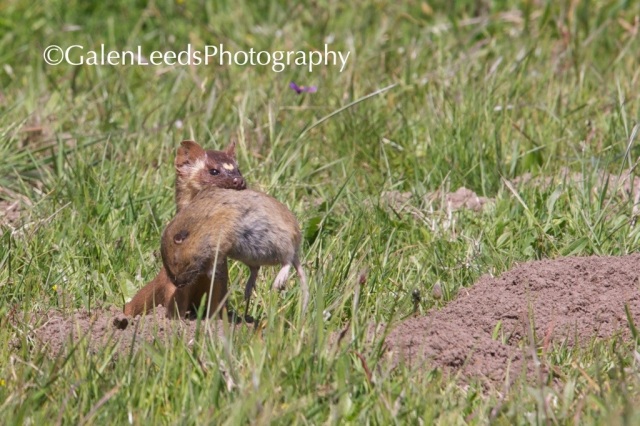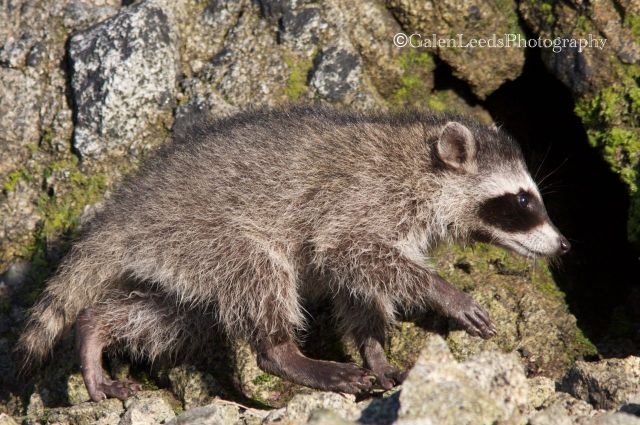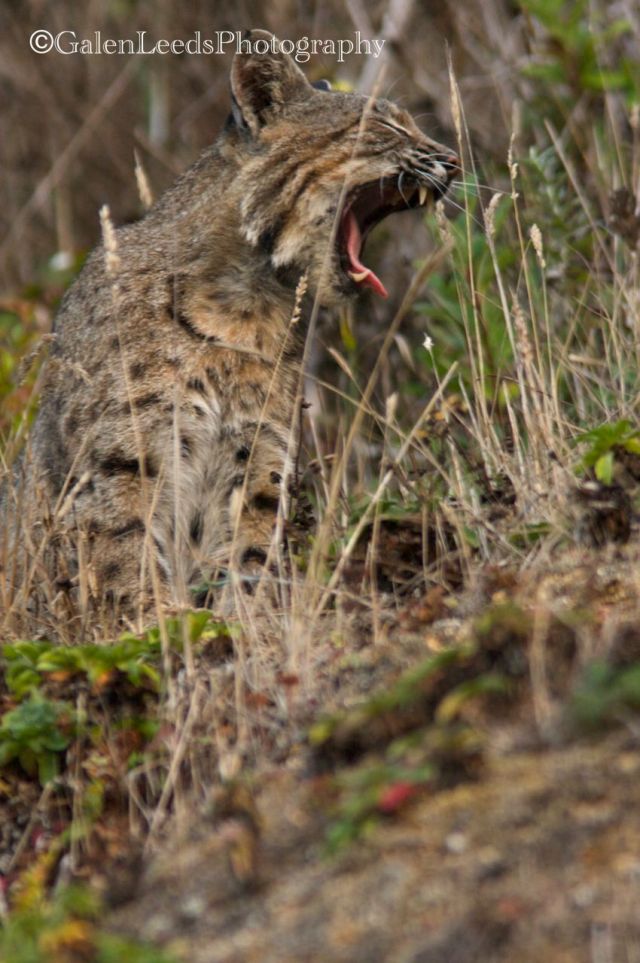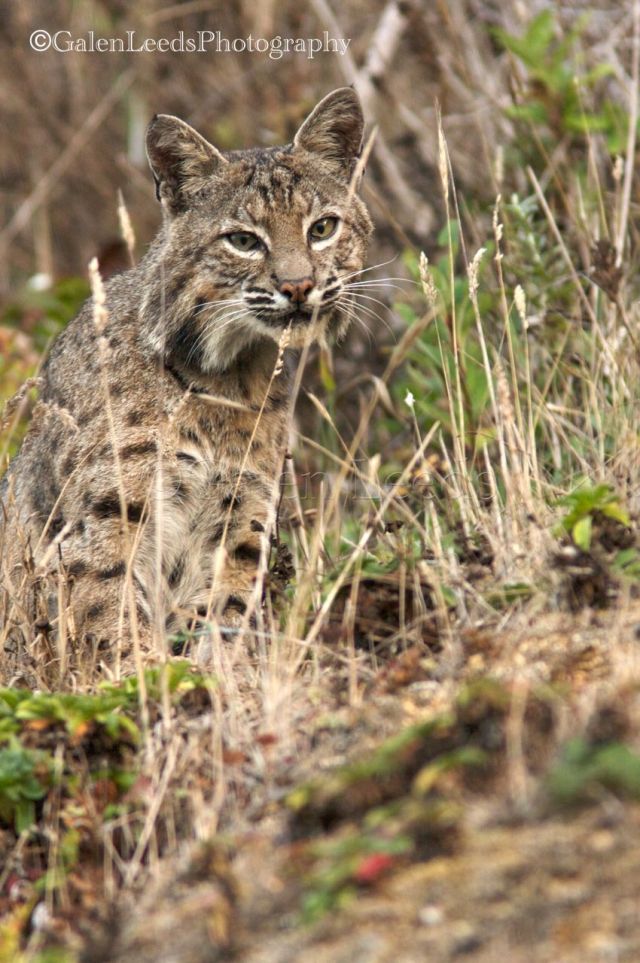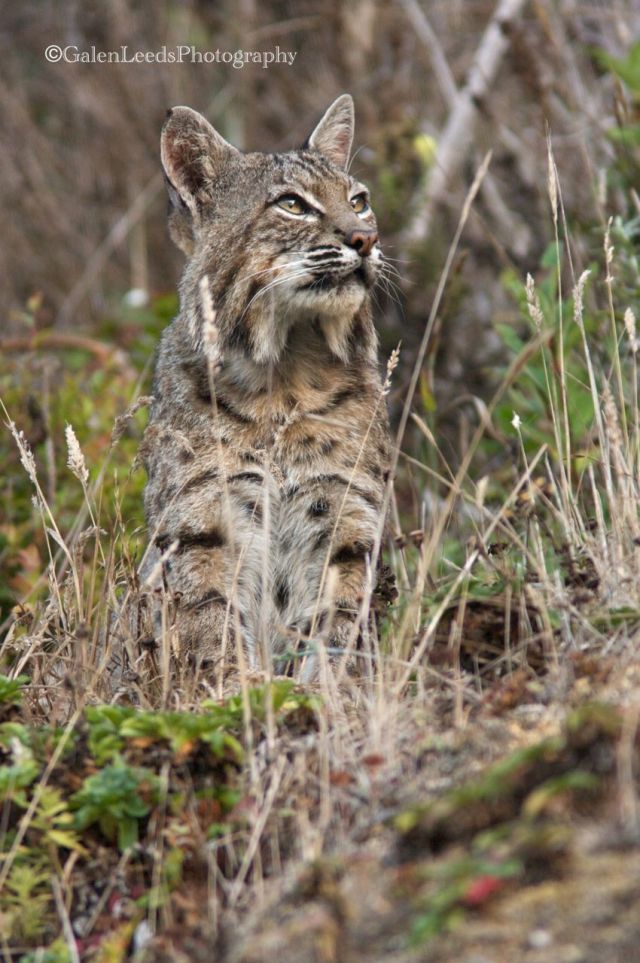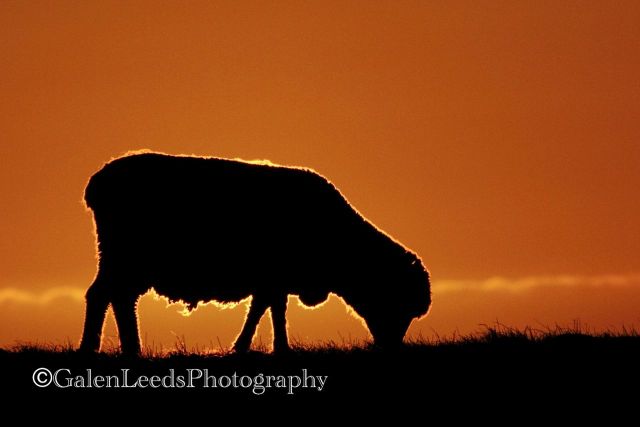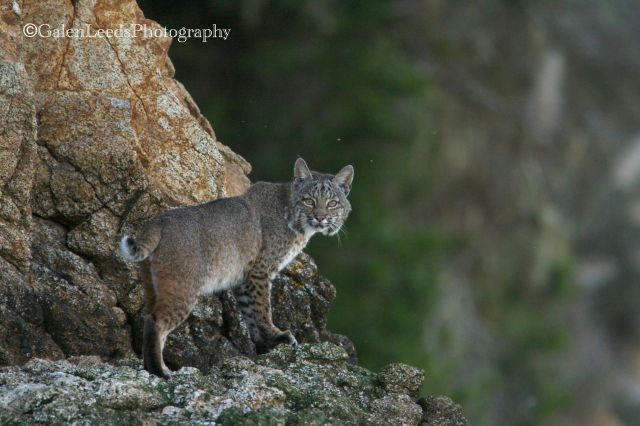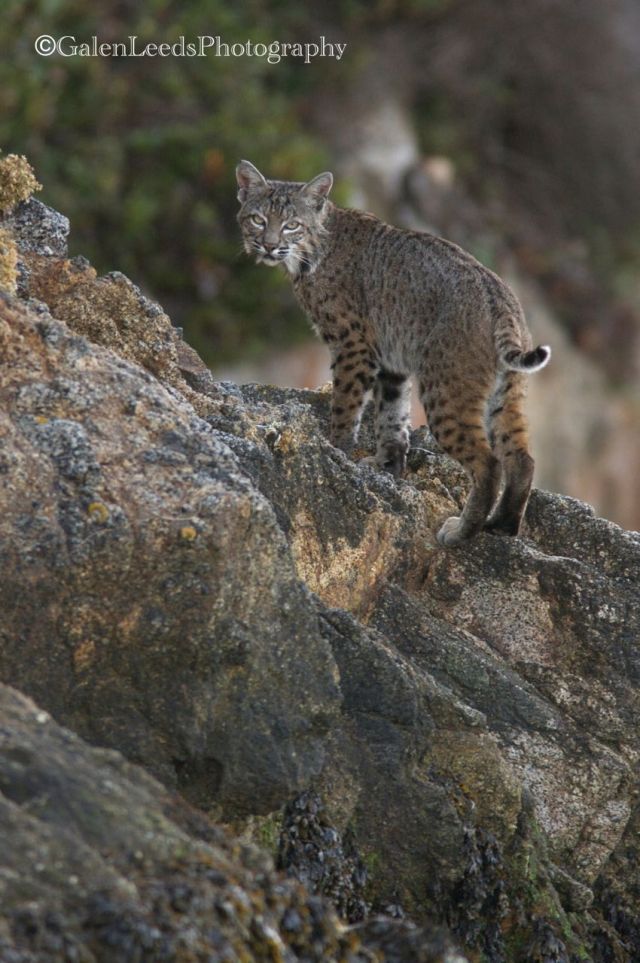Kayaks are an amazing medium for wildlife photography. You are down low, giving an almost eye to eye view with your subjects. You can move in almost any direction, there are no trails you have to worry about stepping off of (although a river or slough could be considered a really wide trail.) There are good views of what is around you, no trees or buildings blocking the views, giving you an idea of where to go and who is around to be photographed. However, due to its nature kayak photography also has some special considerations, many of which can be considered as pros or cons, depending on how you deal with them. I try to make them benefits.
With any wildlife photography it is important to understand that you are seeing wild animals. Their lives are fraught with danger and they don’t understand that we just want to shoot them with a camera and not a gun. They don’t realize we are creeping closer just to see them better, that we won’t suddenly pounce on them and carry them off. They need us to respect them and keep some distance. Stress is harder on them- there are animals that can literally be frightened to death. So please, even though there are no physical obstacles between you and that seal when you are on the water, give them their space. They will fly away or swim away if you approach them incautiously or too closely, losing any chance for that great photo. Also, it is against Federal Law in the U.S. to approach and disturb marine mammals.
That said, there is some good news. It is not illegal for these same animals to approach you, and there are a lot of curious marine mammals out there. If you do give them their space, many times they will actually approach you, because they want to figure out what you are. Otters, seals, dolphins, even whales, can all get very curious and decide to come close enough for some amazing pictures (whichever camera you are using.) Seals especially love to pop up right behind kayaks where they think you won’t see them. Just remember to let them come to you. The Sea Lion to the left, and the Harbor Seal below did exactly that.
Compact digital cameras (point and shoots) can be excellent for general photography, but fall shy (usually) on wildlife. You end up with lots of background, but little detail. Kayak photography is no exception. You will have your best chances for stunning and meaningful pictures using a dSLR with a longer lens- 200mm or 300mm often giving the best results. These lengths will help you get close enough for detail, while not being too long to compensate for the bobbing of a kayak. Under the right conditions you can be add a 1.4x or a 2x converter to these lenses.
Keep your camera accessible yet safe (I will be addressing this in Part 2 of Which Camera to Take, and how to keep it safe.) If your camera is packed away in to tricky of a place, you will never use it, because of the ordeal to take it out, or you might miss the magic moment when the whale is next to you.
First of all, realize that it is generally not ideal to use a monopod or tripod when taking wildlife pictures from a kayak, unless the water is very calm. ‘Pods are made to be on stable surfaces, and a kayak is anything but. Slight movements cause a kayak to shift, causing the camera to shift even more. (Put your elbow on the table in front of you, with your hand up. Move your hand to one side- notice how little your arm moved near your elbow, compared to how much your hand moved? That is what a camera mounted on a tripod is like when kayaking, but even more so.) Image stabilizing cameras and lenses can be much more effective than a ‘pod on a kayak. Also, your body actually works almost as a natural shock absorber and compensator for the movement of the kayak. You will have the steadiest camera if you handhold. It will also be the easiest way to track and pan.
Use the wind and currents. Most of the time there will be a wind and/or some current. Figure out what direction you will go if you stop paddling for a while, and use that to approach and pass wildlife with a minimum of movement. That is, get to a point where the kayak naturally wants to pass by what you want to shoot. Don’t waste all of your energy trying to keep your kayak close to something, when you can set yourself up to pass by them. This is often less frightening to the animal (no paddle waving in the air, just a still unmoving object drifting by,) but it also keeps your hands free for shooting.
Try to make sure you don’t drift right at the animal, aim your path to the side, giving the animal enough room that you don’t frighten it. This will also give you the most angles, and the largest range of lighting. You can’t direct the animal, so direct yourself.
Also, using the kayaks momentum, you can use the kayak itself to pan for your pictures. When a bird is flying by, if you have a rudder (which I highly recommend for kayak photography) you can steer the kayak with your feet, so that you are turning and rotating with the bird as it flies by. You can track it without turning your body, just your kayak. I’ve done this many times with Red-throated Loons and Osprey with fish.
Watch the animals, don’t just take their pictures. This does several things. First, it lets you know if you are frightening the animal and should back off. It can also let you know if you can slowly approach more closely. It can also help you time your images for when the wildlife is doing something exciting or interesting, such as catching a fish. If you understand its behavior, it will be easier to guess when it will be doing something interesting.
Through watching the different birds while kayaking, I now know how closely I can approach different species. Great Blue Herons for instance are a much flightier bird than a Great Egret, and I find myself having to paddle in a huge circle just to pass them by(unless the fishing is really good, then they become so focused that I can glide right by without them ever noticing.) Least Sandpipers on the other hand will pass within feet of me and my beached kayak as they walk along the shore, feeding on bits too small for me to see. Willits and Marbled Godwits are often fairly fearless, as long as they feel you aren’t approaching them too directly. There are many different ways in which time of day or year can also affect which species you will see, in what numbers, and in what plumages. Knowing the species will help with these questions.
Take advantage of the fact that you are less than three feet off of the surface of the water. Use this to get images of wildlife from their own perspective. An eye level shot of a pelican is much more engaging than one from a standing height. I even lean forward or back to get even closer to the water at times for the smaller and shorter of the animals.
You are on water. Water reflects. Include reflections when you can, it can give drama and effect very simply. Also, compensate for the reflected light when you are taking your pictures. Water is 1-2 stops different from the sky, but even more than that, it helps to light the wildlife you are photographing.
Also, be aware if you are about to kayak through a shady area (under a steep hillside, cliffs, or trees.) Preset your exposure if you are on manual settings, or adjust your exposure compensation if you are shooting on AV or TV. Make sure to fire plenty of test shots before you come across that bobcat walking the shore. You may only have one or two shots before it is gone. If you have custom shooting presets have one set to the light in the shadows, one for looking away from the sun, and one for the sun at your back. Try to plan ahead as much as you can for those surprises.
When I took this picture of a bobcat on the shores of Tomales Bay, I had just paddled into deep late afternoon shadows. I had my camera preset for the shade I was entering, my dry bag was open. This bobcat came out from around the corner of rock, stopped and looked at me. I was able to pull my camera out, take two quick shots, and then it turned around and left. If I hadn’t been ready with a preset camera, the bobcat would have been gone before I could have set the camera and taken a single shot.
Being so low to the water also makes it easy to include some of that water in the image. This can give perspective. It also gives a sense of place and naturalness to the image. What is more natural than a duck on water?
Don’t just look for animals on the water. Look on the immediate shore, but also a little distance onto land. Some of my best wildlife images of raccoons, deer, bobcat, elk, and coyotes all came about while I was kayaking. They don’t necessarily watch the water for dangers and might not notice you if you stay quiet and fairly still. If they do notice you, you are such a different creature from the person that is walking and stomping around, that they generally aren’t as freightened, and can be more curious as to what you may be.
This mother raccoon on the right I saw very early one morning searching for crabs in the rocks along the shore. I set my kayak to drift by her. She looked up as I passed, before going back to her hunt.
Be quiet and move small. This is true of any wildlife photography. No large sudden movements. When you do have to move, move slowly. Get a small one handed fishing paddle or carry a spare half paddle. My paddle splits in two, and I will often separate the halves and just use one end when I am trying to move small and not spook an animal.
Don’t be afraid to beach yourself if the opportunity presents itself and you have a chance for some good images. Sometimes it is nice not to have to worry about where you are drifting, and if it will take you too far from what you are trying to shoot. Be aware though that this will limit your mobility, and might not always be the most effective.
This is a different bobcat that I saw while I was out kayaking. It was some distance down the coast, but I saw it slowly making its way north. I beached my kayak well ahead of it, and just sat quietly and waited. I sat very quietly and stilly, moving little more than my camera and my finger on the shutter. It was aware of me, passing within a two meters, but as I was very still and unthreatening it merely passed on by before marking its territory and heading off into the brush.
Have large memory cards. You don’t want to swap out your memory very often while kayaking, or when taking pictures of wildlife. This also helps to simplify things. There is enough to think about already, that it is good to keep things simple when you can.
There is more. So much more, but this is enough for now. Keep shooting, paddling, and reading, and I will keep passing on tips, like what to bring in your kayak besides your camera.









